Great Blue Heron vs Sandhill Crane: What's the Difference?
You're out for a peaceful walk. The sun is shining, the frogs are croaking their little froggy hearts out, and you spot a very large, very majestic bird standing in the water like it owns the place. But, is it a great blue heron or a sandhill crane?
We're exploring the glorious world of tall birds with long legs and longer resumes. Because not all big birds are built the same, and when it comes to the great blue heron vs. sandhill crane showdown, it's time to learn who's who in the bird world.

Meet the Contenders
1. The Great Blue Heron
The great blue heron is the tall, solitary fisherman of the wetlands. Think of it as the introvert of the bird world: long-legged, silent, and deeply committed to staring thoughtfully into the water.
Quick stats:
- Height: 3.2 to 4.5 feet tall
- Wingspan: Around 6 feet
- Weight: About 5–6 pounds
- Favorite hangout: Wetlands, marshes, and calm lakes where they can fish without small talk
Their vibe? If elegance and menace had a bird child, it'd be the heron. They stand still like statues, then suddenly jab their spear-like beak into the water to snag a fish. Ruthless efficiency, feathered in blue-gray drama.
2. The Sandhill Crane
Sandhill cranes, on the other wing, are the extroverts of the avian world. They are social, vocal, and graceful dancers often seen in groups, wading through grasslands or fields like they're hosting a garden party.
Quick stats:
- Height: 3 to 4 feet tall
- Wingspan: Around 6.5 feet
- Weight: 7–10 pounds
- Favorite hangout: Wet meadows, open plains, and agricultural fields
And that voice? You'll hear their bugle-like call from miles away. If the heron is a lone samurai, the crane is the theater major putting on a show.

Great Blue Heron vs Sandhill Crane: How to Tell the Difference
Alright, birdwatcher (or casual marsh stroller), here's your cheat sheet.
1. That Head Says It All
- Great Blue Heron: This chic and mysterious bird has a sleek, curved neck and a mostly white face with a black stripe that swoops over the eye and ends in long black plumes.
- Sandhill Crane: Rocking a bold look with a bright red crown on its forehead. It's not subtle, and it doesn't want to be. The rest of the face is more grayish.
✔️ If it's got a red cap, it's a crane.
✔️ If it looks like it's wearing eyeliner and a side part, it's a heron.
2. The Neck Game
When flying:
- Great Blue Heron: Pulls its neck into a tight "S" shape. It looks like it's hiding a scarf mid-flight.
- Sandhill Crane: Flies with its neck fully extended, straight out like stretching before yoga.
✔️ S-shaped neck in flight = heron.
✔️ Straight out like a lance = crane.

3.Color and Texture
At a glance, they might both look grayish, but a closer look reveals:
- Great Blue Heron: Blue-gray with a smoother, sleeker feather pattern. Elegant but serious.
- Sandhill Crane: More brownish-gray with a slightly fluffier, softer look, especially on the body. Some cranes even stain their feathers with iron-rich mud (yes, they're out here accessorizing with nature).
✔️ Sleek and slate = heron.
✔️ Fluffy and earth-toned = crane.
4. Behavior and Social Skills
- Great Blue Heron: Lone wolf. Unless it's nesting season, you'll often see just one heron, standing statue-still.
- Sandhill Crane: Total extrovert. Often seen in pairs or flocks, walking around and chattering like they're catching up on gossip.
✔️ Quiet loner? Heron.
✔️ Social butterfly? Crane.
5. The Soundtrack
If you're hearing:
- A deep, harsh "fraaank" or low croak: That's the heron.
- A loud, trilling, almost prehistoric bugle that echoes across the field? Say hello to thesandhill crane.
✔️ Subtle grumbles? Heron.
✔️ Dramatic echoing calls? Crane.

Great Blue Heron vs Sandhill Crane: Legs
Both birds have long legs that put flamingos to shame, but if you're zooming in:
- Sandhill cranes often look a little taller and heavier.
- Great blue herons are more lithe and angular.
Cranes could win a slow-motion strut-off, while herons would dominate in a staring contest.

Great Blue Heron vs Sandhill Crane: Habitat
Both herons and cranes can live in the same area, which is one reason why it gets confusing. Herons and cranes often share habitat in Florida, the Pacific Northwest, and the Midwest wetlands. But they're not likely to hang out together or share snacks.
So, yes, you can see both in the same field, butdon't expect them to have a podcast together anytime soon.

Which One Should You Be More Impressed By?
Trick question. You should be equally impressed by both, because:
- The great blue heron is like a silent assassin with the poise of a ballet dancer and the reflexes of a ninja.
- The sandhill crane is a joyful, trumpet-blaring, mud-stained fashionista that mates for life and throws down the best courtship dance in the animal kingdom.
In short, herons serve looks, while cranes bring the moves.

Why Does It Matter?
Besides winning your next bird trivia night, learning the difference is also about deeply connecting with nature. The more we know, the more we notice. And the more we notice, the more we care.
At BeCause, we're all about those little connections, between people and the planet, between birds and behavior, and yes, between you and that majestic marsh visitor that may or may not be judging your outfit from across the pond.
Last-Minute Birdwatcher Tips
Want to up your ID game even more? Here's your birdwatcher starter pack:
- Bring binoculars (the cheap ones work just fine)
- Download a bird ID app (Merlin Bird ID by Cornell is chef's kiss)
- Listen as much as you look (sound can be your biggest clue)
- Wear quiet colors (neon green isn't exactly stealthy in the reeds)
And when in doubt? Just say, "Wow, that's a big bird!" and nod knowingly.

Final Feathered Thoughts
Whether you're team Heron or team Crane, one thing's for sure: these birds are wild, weird, and wonderful. So the next time you're out in nature and spot a tall bird strutting through the shallows, you won't have to guess.You'll know.
And hey, if you've got a favorite bird tee, rock it proudly. Just don't be surprised if a crane gives you an approving honk.


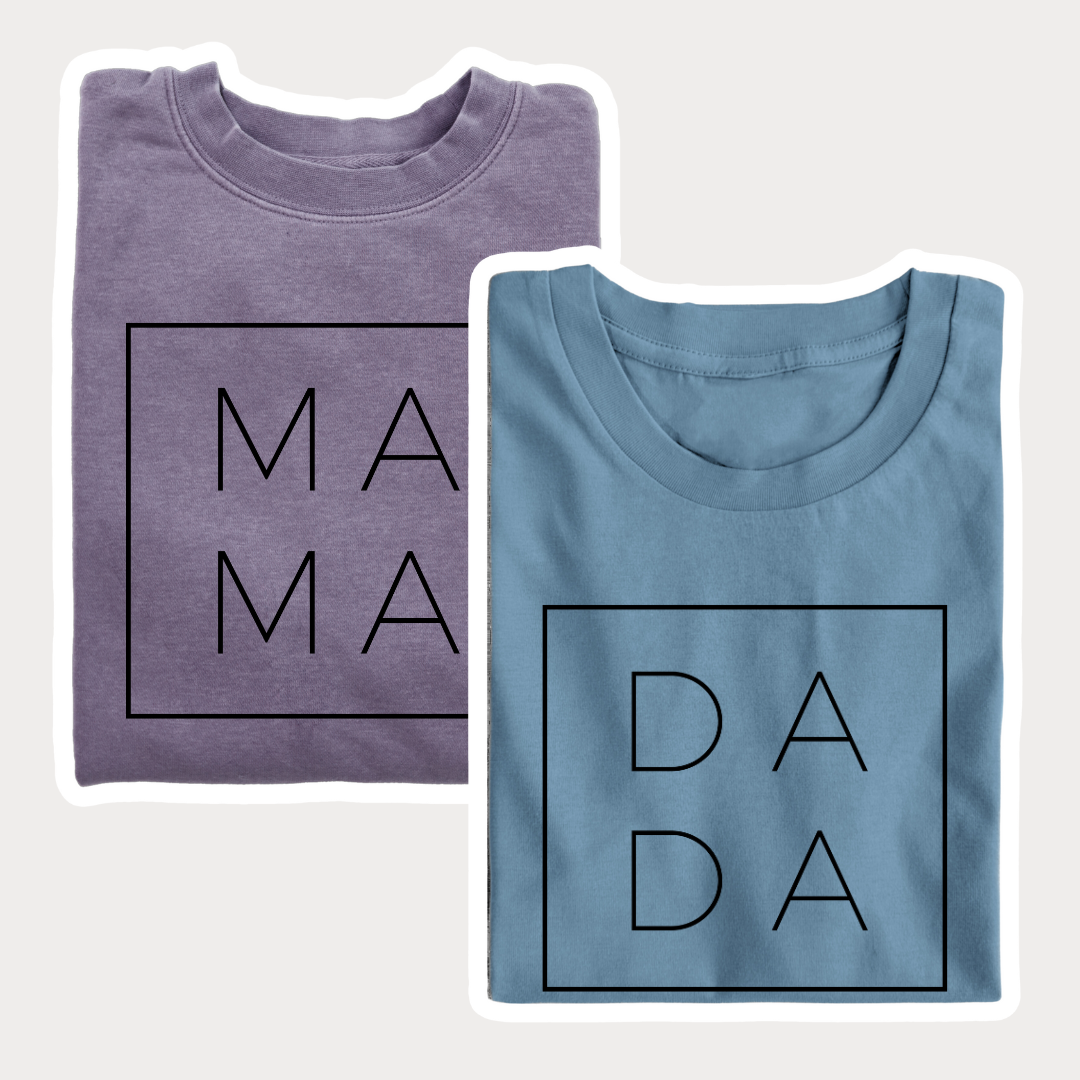

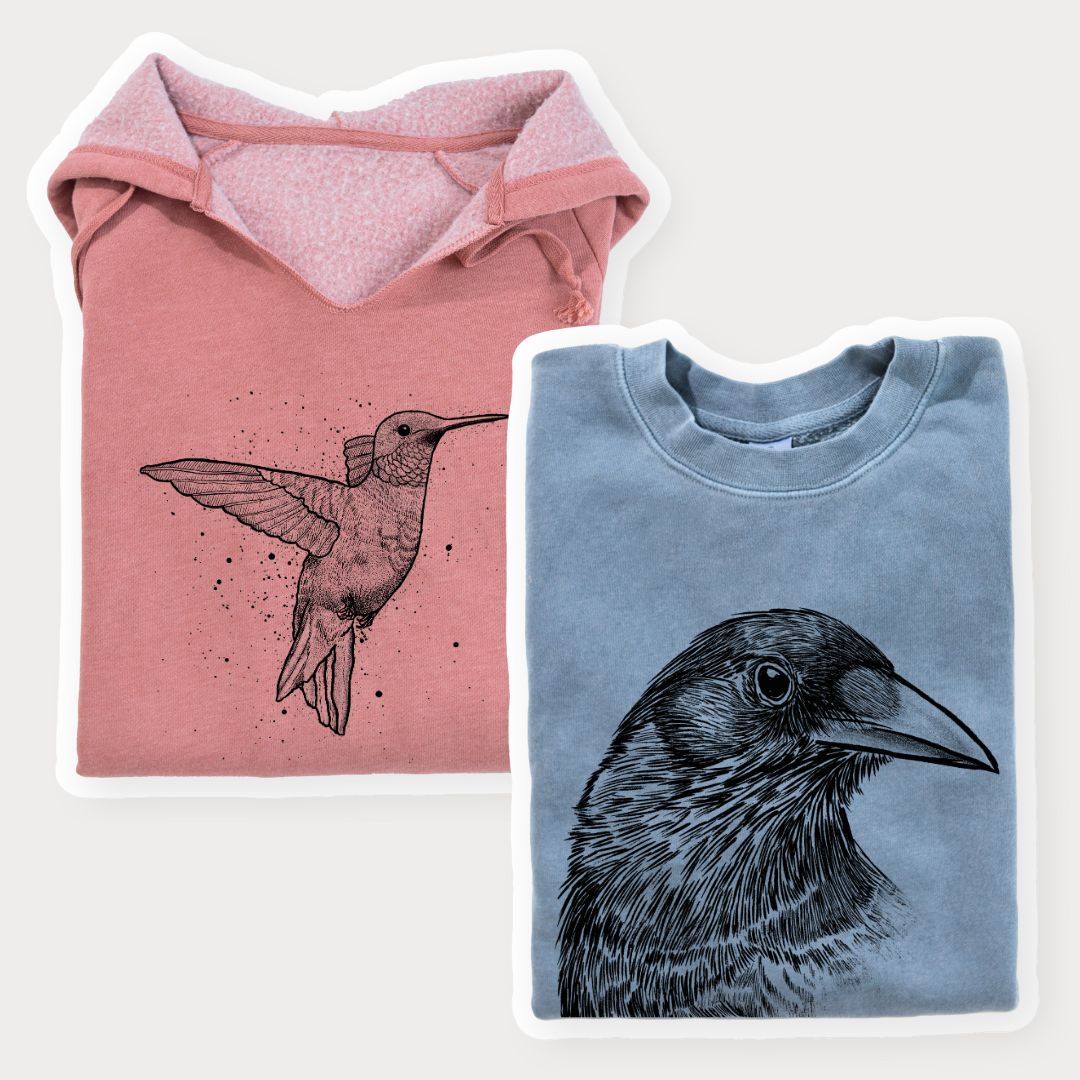
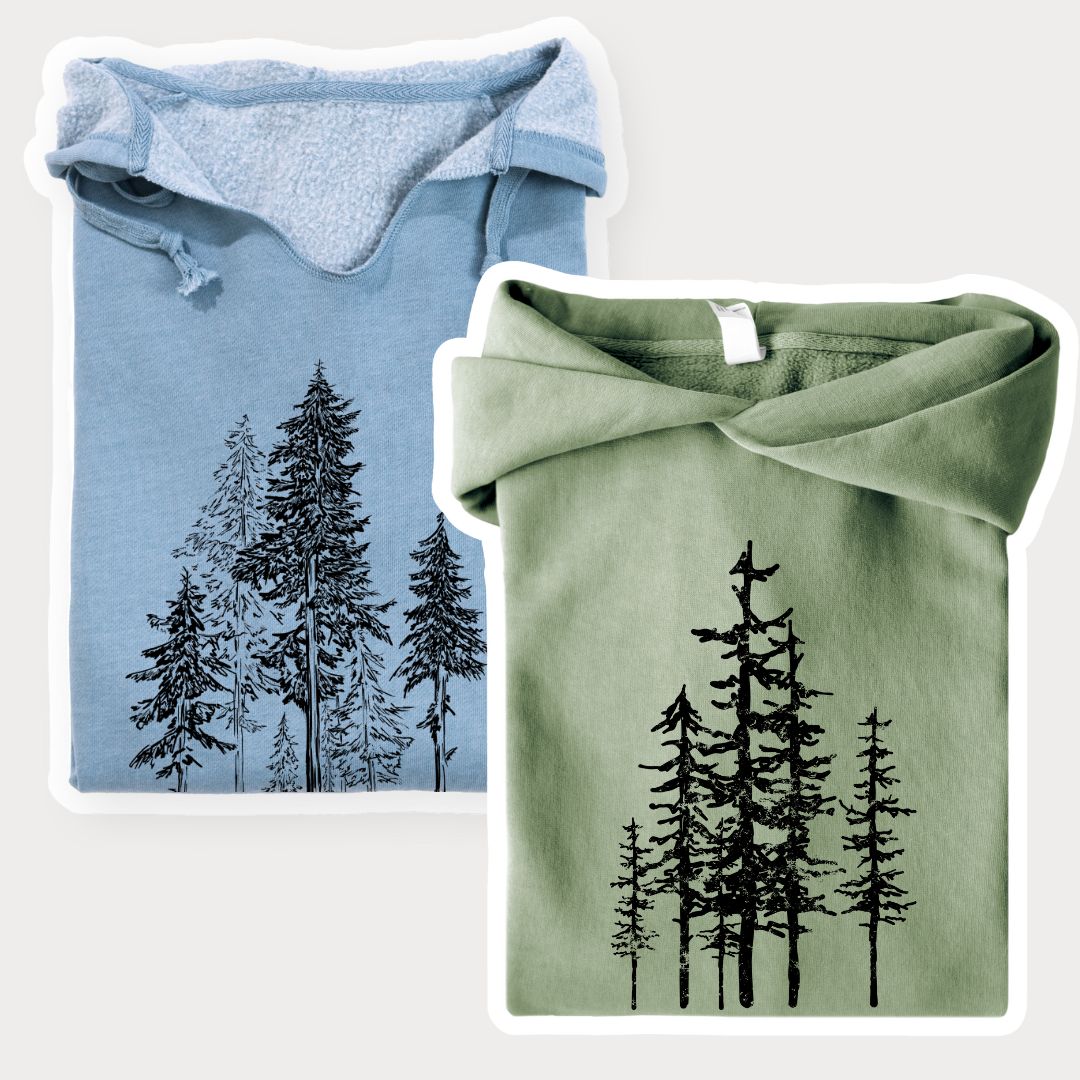



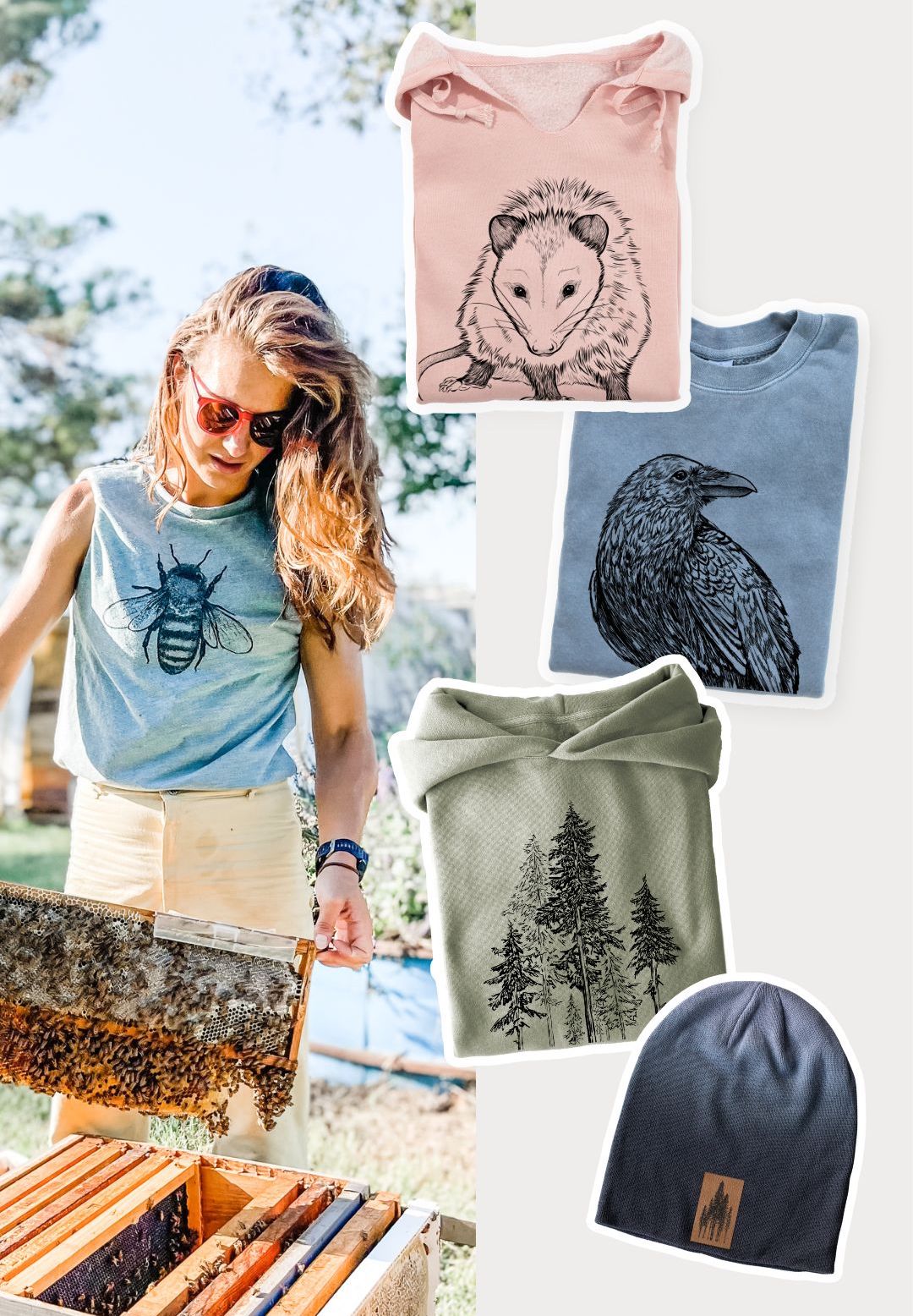

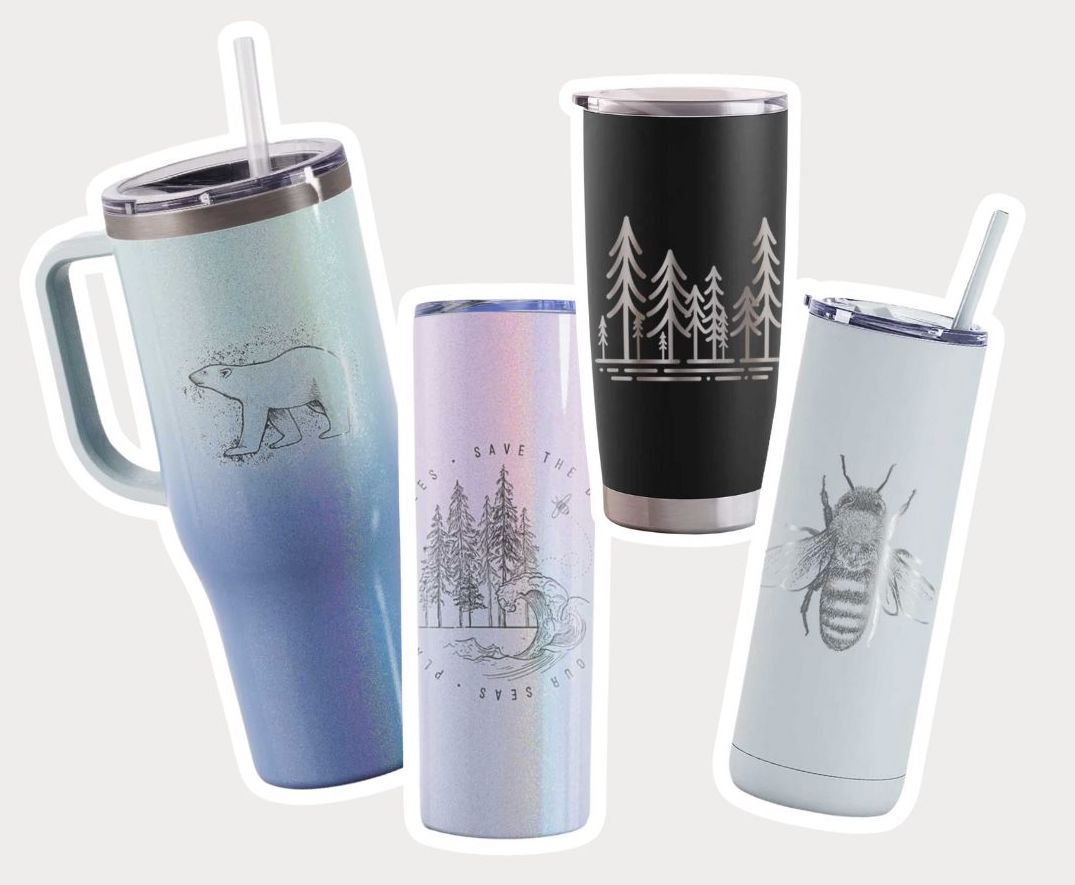




Leave a comment (all fields required)